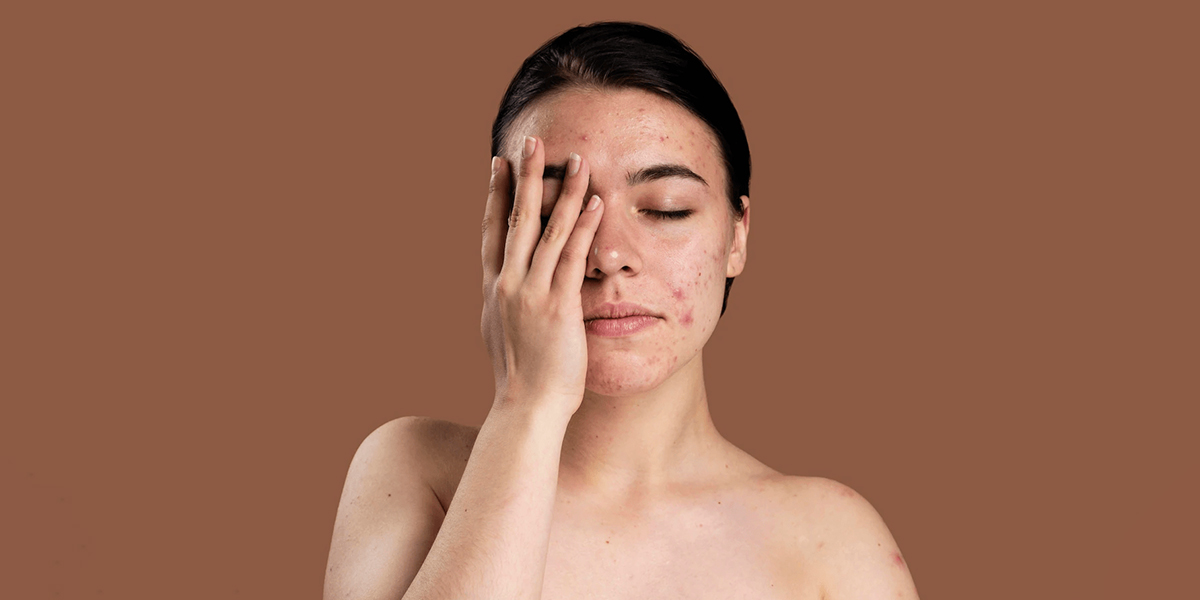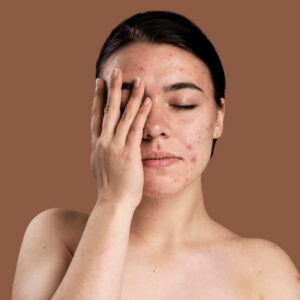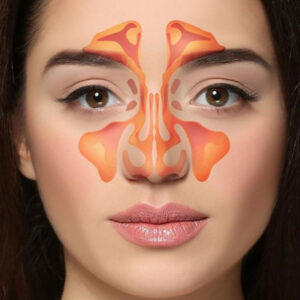
Facial Skin Cancer: Skin is the largest organ of our body and one of the structures most exposed to environmental effects. The face is the area where this contact is most intense. Due to sun rays, toxins, genetic predisposition, and lifestyle habits, facial skin cancer is among the most common types of cancer in the skin. Treatment of cancers occurring in an area as functionally and aesthetically important as the facial region requires not only the elimination of the disease but also the preservation of aesthetic integrity and mimic functions.
ENT Specialist Prof. Dr. Ozan Seymen, who serves in his own clinic in Istanbul, addresses the diagnosis, treatment, and reconstruction processes of skin cancers developing in the facial region with a multidisciplinary perspective, offering his patients satisfactory solutions from both medical and aesthetic aspects.
What is Facial Skin Cancer?
Facial skin cancer refers to malignant tumors originating from epidermal or dermal cells in the facial region. The most commonly encountered types are:
Basal Cell Carcinoma (BCC): The most common type of facial skin cancer. It grows slowly and rarely metastasizes, but can cause local tissue destruction.
Squamous Cell Carcinoma (SCC): More aggressive, can spread to surrounding tissues and rarely to lymph nodes.
Malignant Melanoma: Rarely seen but the most deadly type of skin cancer. It can quickly show systemic spread if not detected at an early stage.
Cancers developing in the facial region mostly appear in sun-exposed areas (forehead, nose, cheek, ear, and around the lips). With early diagnosis, they can be largely controlled.
Causes and Risk Factors of Facial Skin Cancer
The main causes of skin cancers developing on the face are environmental exposure and genetic predisposition. The following risk factors play an effective role in the development of this disease:
Prolonged exposure to ultraviolet (UV) rays: Sunlight, especially UVA and UVB wavelengths, causes DNA damage leading to cellular mutations.
Fair skin color: Individuals with low melanin levels are more vulnerable to sunlight.
Family history of skin cancer
Advanced age: Cellular repair mechanisms weaken with age.
Suppression of the immune system: Increased risk after organ transplantation or in autoimmune diseases
History of radiation therapy
Exposure to chemicals (arsenic, tar, petroleum derivatives)
Long-term scars or non-healing lesions on the skin
Prof. Dr. Ozan Seymen recommends that individuals with these risks undergo dermatological or ENT examination at least once a year.
Symptoms of Facial Skin Cancer
Skin cancers appearing on the face may sometimes look like an ordinary pimple, wart, or wound, but some clues can be life-saving for early diagnosis. The main symptoms to watch for are:
- Non-healing crusty or bleeding wound on the face
- Moles showing color change with irregular borders
- Small nodules that crust, flake, or bleed
- Shiny, pearl-like transparent bumps
- Red, irritated, or painless skin lesions
- Rapidly growing, changing shape mole or nodule
Lesions detected in the early stage can be completely removed with simple surgery, while delayed cases may require more complex treatments.
How is Facial Skin Cancer Diagnosed?
A multidisciplinary approach is essential in evaluating skin lesions on the face. Steps followed in the diagnostic phase are:
Physical examination: The type, size, borders, and location of the lesion are evaluated.
Dermatoscopic examination: The structure, vascularization, and pigmentation of the lesion are analyzed under optical magnification.
Biopsy: A piece is taken from the suspicious lesion for pathological examination.
Imaging methods: When necessary, the depth of the lesion and its relationship with neighboring tissues are investigated with CT or MR.
PET-CT: Metastasis is investigated in types with systemic spread potential, such as melanoma.
Prof. Dr. Ozan Seymen prioritizes the patient’s psychological preparation by taking aesthetic concerns into account during the diagnostic phase.
How is Facial Skin Cancer Treated?
The treatment plan is determined considering the type, stage, location of the lesion, and the patient’s general condition. The main treatment methods are:
Surgical Excision
The most common treatment method. The aim is to remove the tumor tissue with clean margins. While simple excision is sufficient for small and superficial lesions, aesthetic surgery and reconstruction may be required for deeper and larger tumors.
Prof. Dr. Ozan Seymen ensures that surgery is not only healing but also preserves natural appearance with tissue planning and closing techniques compatible with facial aesthetics.
Mohs Micrographic Surgery
It is a surgical method where the tumor is removed layer by layer and each layer is examined under a microscope, especially in anatomically sensitive areas such as the nose, around the eyes, and lips. It is the technique with the lowest risk of local recurrence.
Radiotherapy
It can be an alternative for elderly or advanced-stage patients who are not suitable for surgery. It can also be used as an adjuvant after surgery. Side effects are reduced with modern techniques.
Topical Chemotherapy
Drugs applied in cream form are used in early-stage, superficial basal cell carcinomas. It offers a surgery-free treatment option but is effective in selected cases.
Systemic Treatments
Immunotherapy and targeted therapies (PD-1/PD-L1 inhibitors, BRAF-MEK inhibitors) are applied in advanced melanoma cases. Oncology consultation is required.
Post-Treatment Monitoring and Rehabilitation
Post-treatment follow-up is important for early detection of recurrences and monitoring aesthetic-functional recovery. The follow-up process generally includes these steps:
- Examination every 3-6 months for the first 2 years
- Annual imaging (if necessary)
- Aesthetic reconstruction planning (for areas such as ear, nose, cheek)
- Psychological support and counseling
- Acquisition of sun protection habits
Prof. Dr. Ozan Seymen aims to protect not only the physical but also the emotional well-being of his patients by managing the post-treatment process holistically.
Importance of Early Diagnosis
Early diagnosis in facial region skin cancers increases the possibility of complete cure with no surgery or minimal intervention. It also reduces the possibility of post-treatment aesthetic deformation. Therefore:
- If there are non-healing, crusting, bleeding, or growing lesions on the skin
- If color, shape, or border changes are noticed in moles on the face
- If you have a profession where you are exposed to the sun for a long time
it is extremely important to be evaluated by a dermatologist or ENT specialist.
Facial skin cancer, although not rare, is a type of cancer that can be completely treated with early diagnosis. In the treatment of these lesions in the facial region, which is important in terms of aesthetics and function, not only medical but also aesthetic knowledge and experience are essential. When surgical, topical, radiotherapy, or systemic treatment approaches are planned specific to the patient, both survival time and quality of life can be preserved.
Prof. Dr. Ozan Seymen, who serves in Istanbul, offers his patients modern, safe, and natural results in the treatment of facial region skin cancers with his personalized approach, mastery of facial aesthetics, and multidisciplinary coordination skills.











 Türkçe
Türkçe Français
Français Deutsch
Deutsch